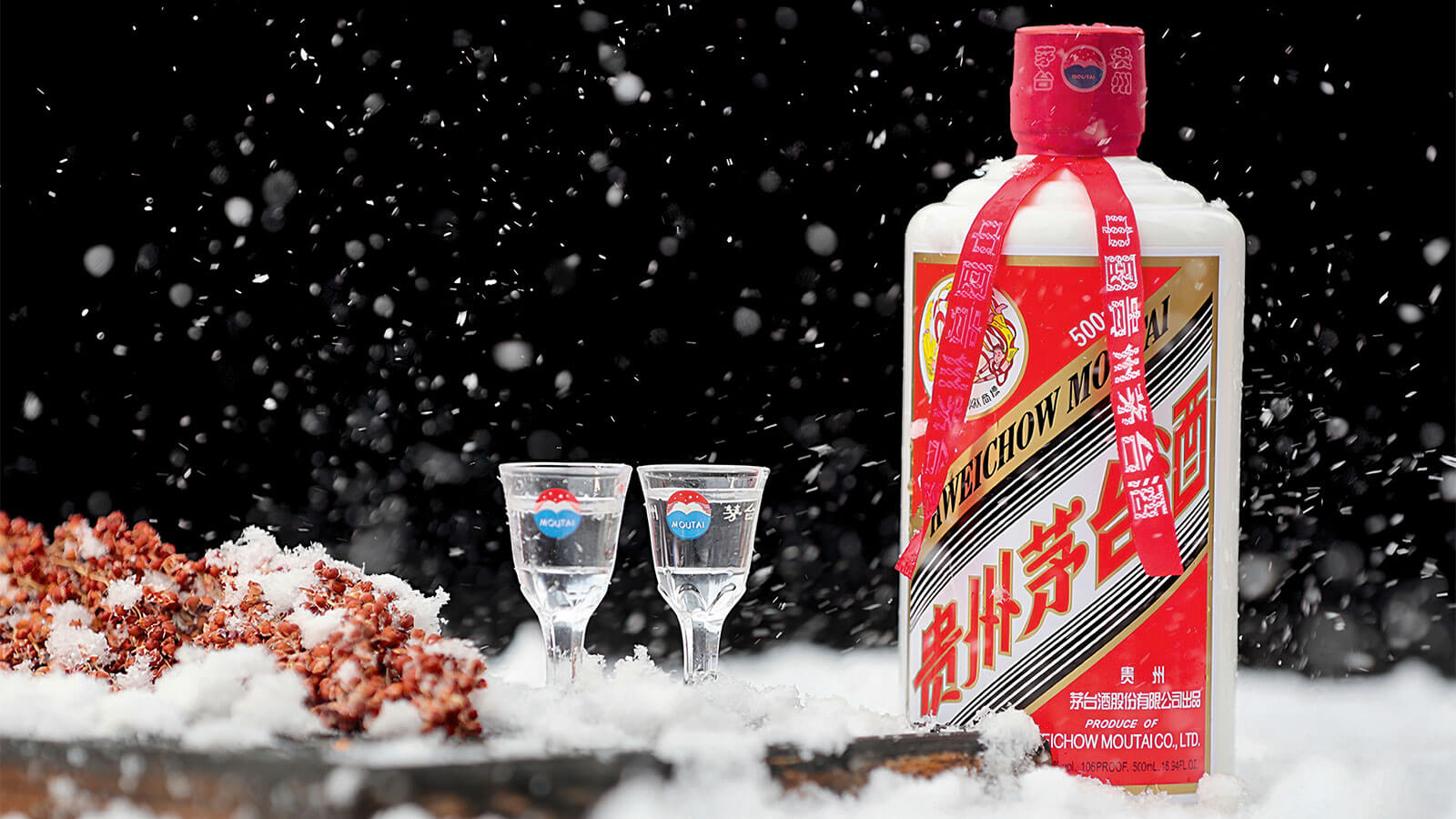For a long time, going out without alcohol was no fun. The choice was often limited to water, sugary soft drinks and Clausthaler; encouraging remarks ("someone has to drive") or meaningful looks (I wonder if she's pregnant?) were included. But for a few years now, there has been a clear trend in the opposite direction.
The sales figures for beer speak volumes. Although beer consumption in Switzerland is declining overall, more non-alcoholic beer was consumed in the 2023 brewing year than ever before. From 2010 to 2023, the share grew from 2.3% to 6.3%. With a per capita consumption of 50 liters, every 16th beer is one without alcohol. For many breweries, it is now a must to cover this segment.
The Swiss Brewers' Association (SBV) attributes the rising demand to three reasons. Firstly, there are social changes: people no longer go to the pub so often to drink a pint. Secondly, there are changes in lifestyle habits: people are enjoying alcohol more consciously and alcohol-free is accepted. And finally, it's also the choice: It is more varied and of a higher quality than ever before.
Development in Switzerland
When talking about beer without alcohol, it is essential to mention Switzerland as a pioneer. In 1908, the Haldengut brewery in Winterthur launched "Perplex". A beer-like drink made from malt and hops. Brewery director Fritz Schoellhorn (1863 - 1933) is said to have said at the time that it was "quite acceptable when drunk cold". This is according to economic historian Matthias Wiesman in his standard work on Swiss breweries "Bier und Wir".
Customers probably didn't like "Perplex" very much, because it disappeared again as early as 1913. But others followed, such as the EX beer from the Gurten brewery (Bern), Warteck non-alcoholic (Basel) and Moussy from Cardinal (Fribourg). When drunk driving became a punishable offense in 1958, the movement gained further momentum. In the 1970s, the Zurich brewery Hürlimann even used car racing driver Clay Regazzoni (1939 - 2006) to advertise its non-alcoholic product Birell.
But what does non-alcoholic actually mean? The law stipulates that a non-alcoholic drink may contain up to 0.5% by volume. Such small traces can also be contained in juices, bread, overripe fruit or fermented foods such as sauerkraut. With regard to the ability to drive, there is a much-cited study by the University of Freiburg (Germany). This showed that the consumption of 1.5 liters of beer with up to 0.5% alcohol by volume had no significant effect on blood alcohol levels.

Different production methods
For a brewery, the production of non-alcoholic beers is a challenge both technically and in terms of taste, as alcohol is a strong flavor carrier. It is produced when the yeast metabolizes the malt sugar from the malted grain. In addition to carbon dioxide, this fermentation process also produces the typical beer aroma. There are two main methods of production. On the one hand, the alcohol can be removed from the finished beer afterwards, for example by distilling it under vacuum or filtering it.
In addition to alcohol, the aromas of malt and hops are also lost in the process. Some breweries therefore add more of the original beer afterwards until a balanced flavor ratio is achieved. On the other hand, there is the more common method of stopped fermentation. This involves inactivating the yeast before the 0.5 percent limit is exceeded by removing it from the beer or heating the beer.
These beers contain more malt sugar and therefore taste significantly sweeter than the dealcoholized versions. Some breweries also use special yeast strains. These cannot even ferment the malt sugar that is predominant in the beer wort. They do not manage to achieve a higher alcohol content, but result in a more balanced taste profile than stopped fermentation.
Acceptance by the guests
The trend towards non-alcoholic beverages is likely to increase. However, as a beer sommelier, I believe that there is still room for improvement, especially in bars. I really appreciate it when there is more than one style of beer to choose from. For example, a pale ale or India pale ale looks good on the menu alongside a lager or wheat beer.
These types of beer in particular are very interesting due to the use of aromatic hops in the nose. The use of beer in a mixed drink could also be exciting. Sure, we know panaché or shandy, but a beer punch or a beer cocktail offer interesting approaches. This would finally get non-alcoholic beers out of the embarrassment corner. They deserve it.





